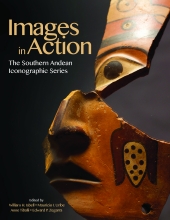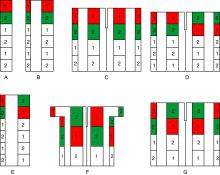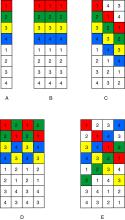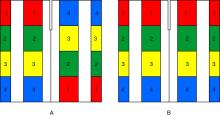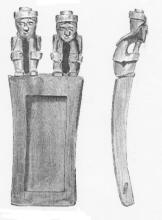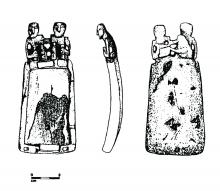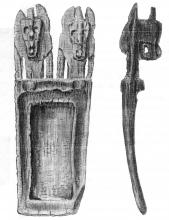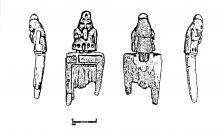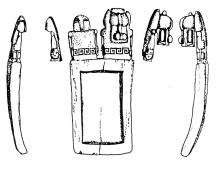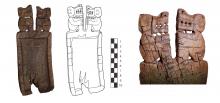Visual database
Two-color patterns in figurative tunics. (a) Root pattern in a single band; (b) straight horizontals in a tunic panel; (c) straight horizontals, aligned at the center seam (DO, PC.B.498); (d) straight horizontals, offset at the center seam (MMA 30.16.3); (e) checkerboard in a tunic panel; (f) checkerboard, aligned at the center seam (BMA 71.180); (g) checkerboard, offset at the center seam (PC, Bergh 1999:678, catalogue entry 47).
Four-color patterns in figurative tunic panels. (a) Root pattern in a single band; (b) straight horizontals; (c) parallel diagonals; (d) horizontal zigzags; (e) opposed diagonals. At the center seam, patterns can be continuous, reversed, and/or offset.
Two possibilities for four-color, horizontal patterns in figurative tunics. (a) Color order inverted at the center seam (MfVM 34-50-6); (b) continuous horizontals at the center seam (hypothetical pattern, not encountered in the known tunic sample).
Map showing the sites mentioned in the text and the location of areas with presence of hallucinogenic paraphernalia in the Circum-Puna style. Drawing by Tania Basterrica.
(a) Two Simple Anthropomorphs. Tray 1999.1.177 from Chunchurí, Calama (taken from Oyarzún 1979: Fig.6).
(b) Two Simple Anthropomorphs embraced. Tray 1999.1.173 from Chunchurí, Calama (taken from Durán et al. 2000:Figure 67).
(a) Two Complex Anthropomorphs with masks. Tray 4418 from Chunchurí, Calama (taken from Oyarzún 1979:Figure 7).
(b) Sacrificer-Antarist. Tray 1999.1.178 from Chunchurí, Calama (taken from Durán et al. 2000:Figure 71).
(c) Two Complex Anthropomorphs with and without masks. Tray 1999.1.180 from Chunchurí, Calama (taken from Durán et al. 2000:Figure 56).
(a) Two Felinized Anthropomorphs in profile, facing each other, squatting position. Tray 34-181 from Santa María (Catamarca); Museo Etnográfico J. B. Ambrosetti, Buenos Aires Drawn by Tania Basterrica from photos taken by the author.
